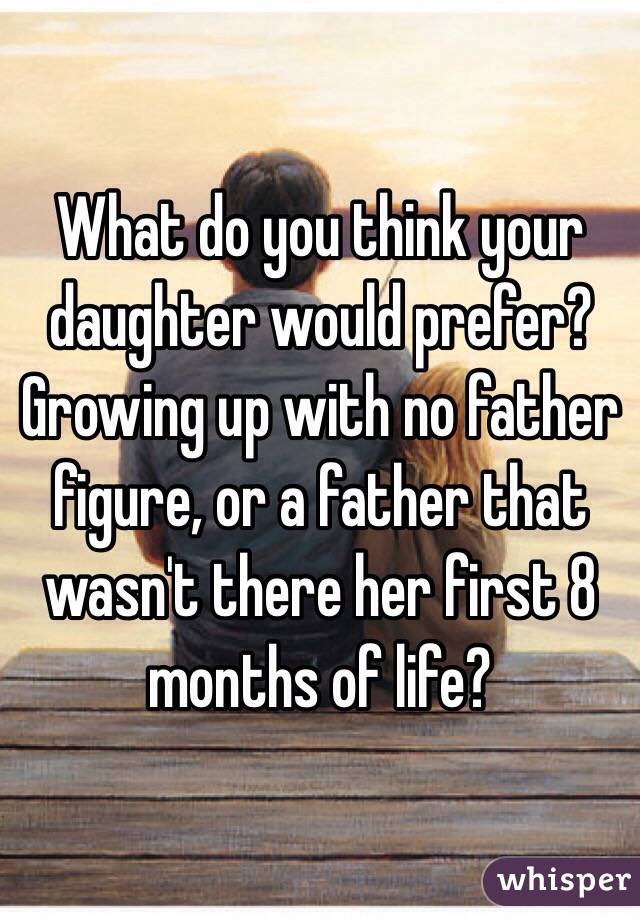

The median income for a household with a single mother is $35,400. Only 22% of those who were out of work were receiving unemployment benefits at the time. 27% of single mothers were jobless for the entire year while taking care of their children. 30% of single mothers are raising two children on their own. In single-mother households, 50% involve just one child.


Only 1 in 5 are either separated or widowed. Around 50% of single mothers have never married. 25% of children are the age of 18 are currently being raised without the presence of a father. Over 60% of these children were born to mothers who were under the age of 30%. About 40% of children in the United States are born to mothers who are not married. In a 2014 study, only 3% of single mothers fell into the strongest demographic groups, while 44% fell into the weakest demographic groups. Within the African-American/Black community, about 2.5 million fathers live with their children, while 1.7 million fathers are not living with them. Even when poverty levels are equal, children who come from a two-parent home outperform children who come from a one-parent home. Children who live in a single-parent or step-family home report less schoolwork monitoring, less social supervision, and lower educational expectations than children who come from two-parent homes. 63% of youth suicides involve a child who was living in a fatherless home when they made their final decision. 90% of the youth in the United States who decide to run away from home, or become homeless for any reason, originally come from a fatherless home. 85% of all children which exhibit some type of a behavioral disorder come from a fatherless home. Living in a fatherless home is a contributing factor to substance abuse, with children from such homes accounting for 75% of adolescent patients being treated in substance abuse centers. 75% of rapists are motivated by displaced anger that is associated with feelings of abandonment that involves their father. Only 68% of children will spend their entire childhood with an intact family. 72% of Americans believe that a fatherless home is the most significant social problem and family problem that is facing their country. Children who live in a single-parent home are more than 2 times more likely to commit suicide than children in a two-parent home. Just 12% of children in married-couple families were living in poverty. In 2011, 44% of children in homes headed by a single mother were living in poverty. Hispanic households have a 31% fatherless rate, while Caucasian/White households have a 20% fatherless rate. 57% of the fatherless homes in the United States involved African-American/Black households. Teen girls from fatherless homes are also 4 times more likely to become mothers before the age of 20. Girls who live in a fatherless home have a 100% higher risk of suffering from obesity than girls who have their father present.

That equates to 1 in every 3 children in the United States not having access to their father. 24.7 million children in the United States live in a home where their biological father is not present. Children from fatherless homes are twice as likely to drop out from school before graduating than children who have a father in their lives. Children without a father are 4 times more likely to be living in poverty than children with a father. 39% of students in the United States, from the first grade to their senior year of high school, do not have a father at home. 7 out of every 10 youth that are housed in state-operated correctional facilities, including detention and residential treatment, come from a fatherless home. 85% of youth who are currently in prison grew up in a fatherless home. These statistics on fatherless homes show why it is important, even as a single parent, for a father to stick around. Unfortunately, fathers are not always there. Census Bureau are headed by a single father.įathers are important. 18% of the single-parent households recognized by the U.S. In 1970, there were only 400,000 fathers in this situation. There are 2.5 million fathers who are on their own in a single-parent household. Only 2% of fathers raising children are living in the home of a relative or unrelated individual. Census Bureau reports that 22% of fathers are raising 3+ children under the age of 18, with all of them being their biological relative. Out of that figure, only 26.5 million men are part of a home where they are married to a spouse and have children under the age of 18 living there. In the United States, there are more than 64 million men who identify themselves as being a father.


 0 kommentar(er)
0 kommentar(er)
